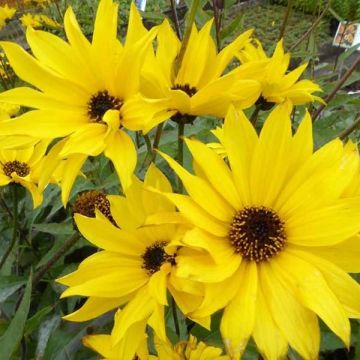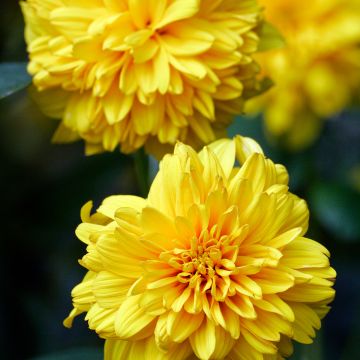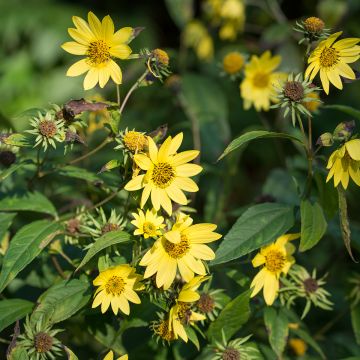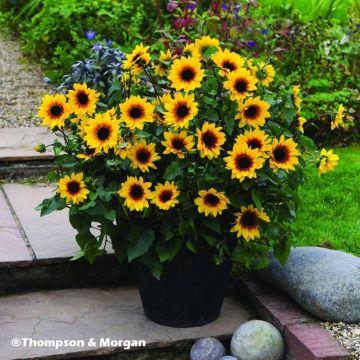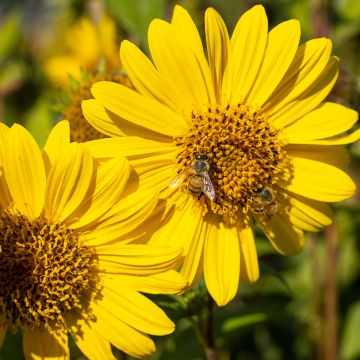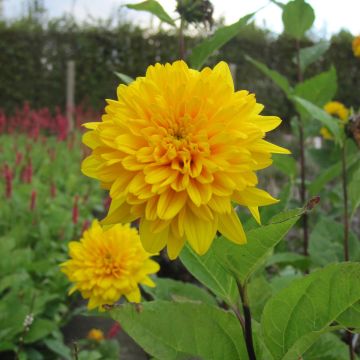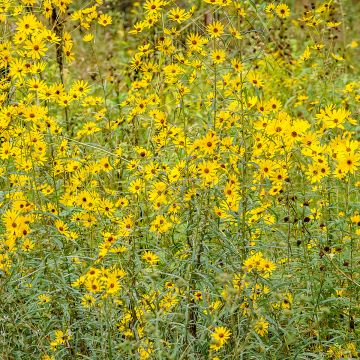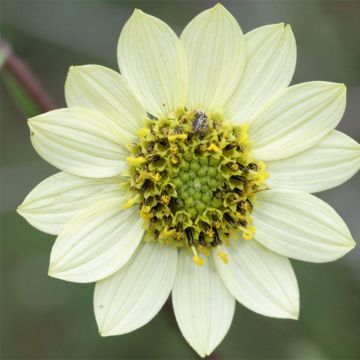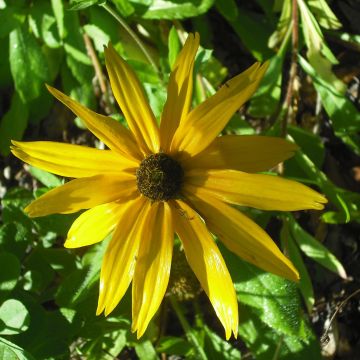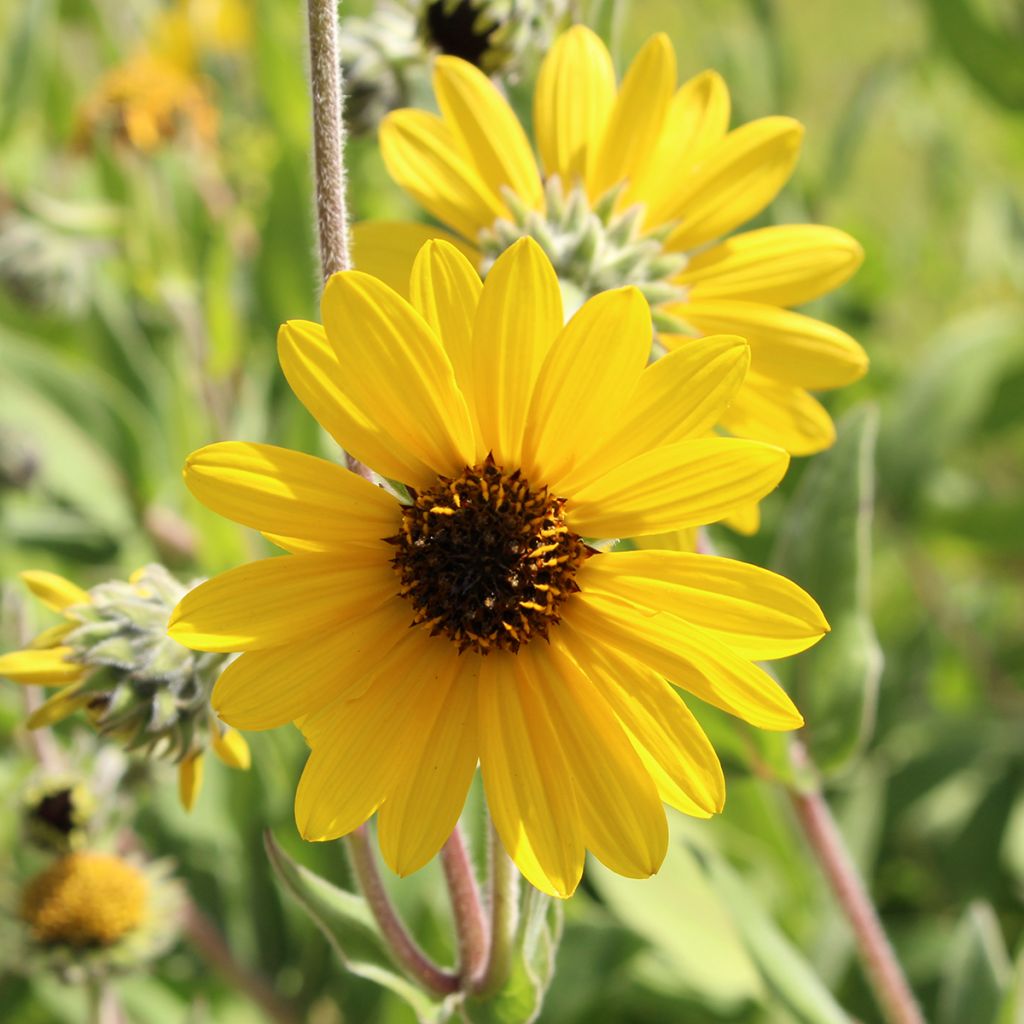

Helianthus mollis
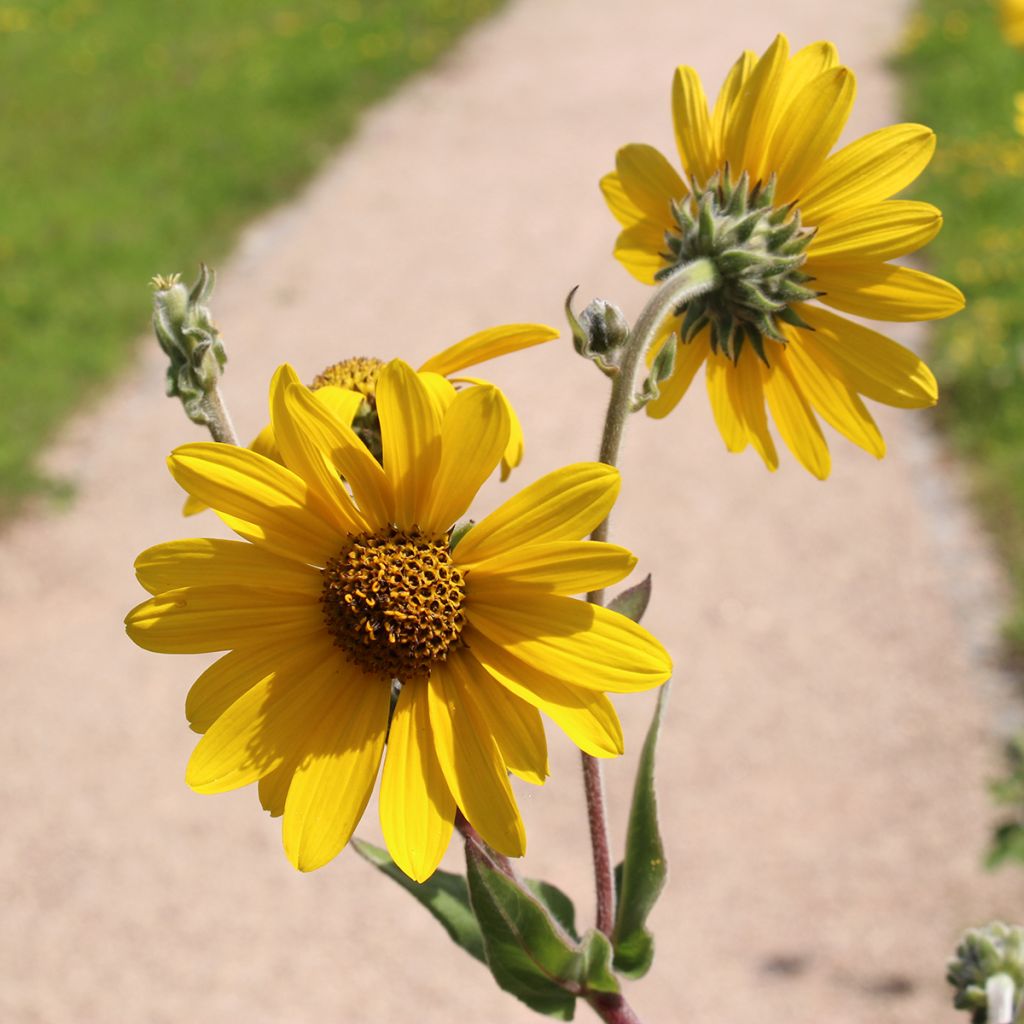

Helianthus mollis
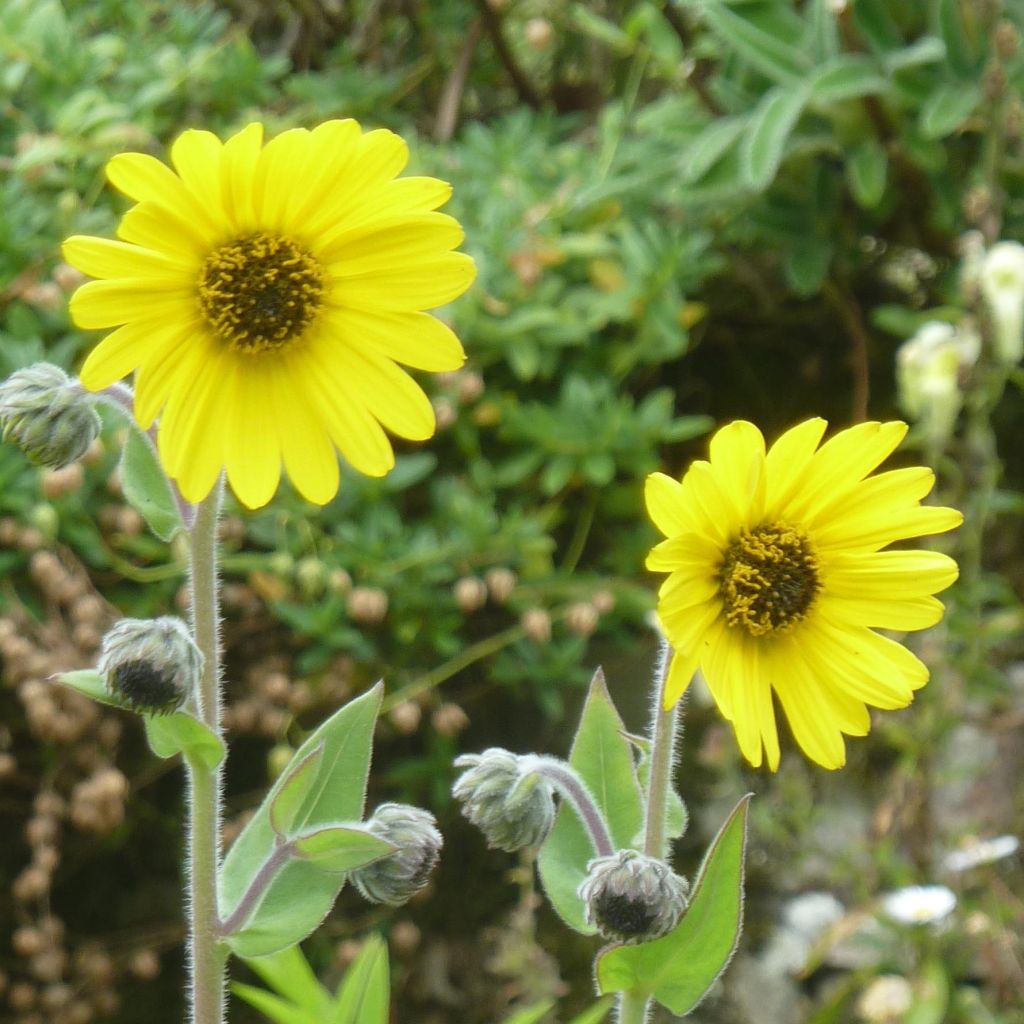

Helianthus mollis
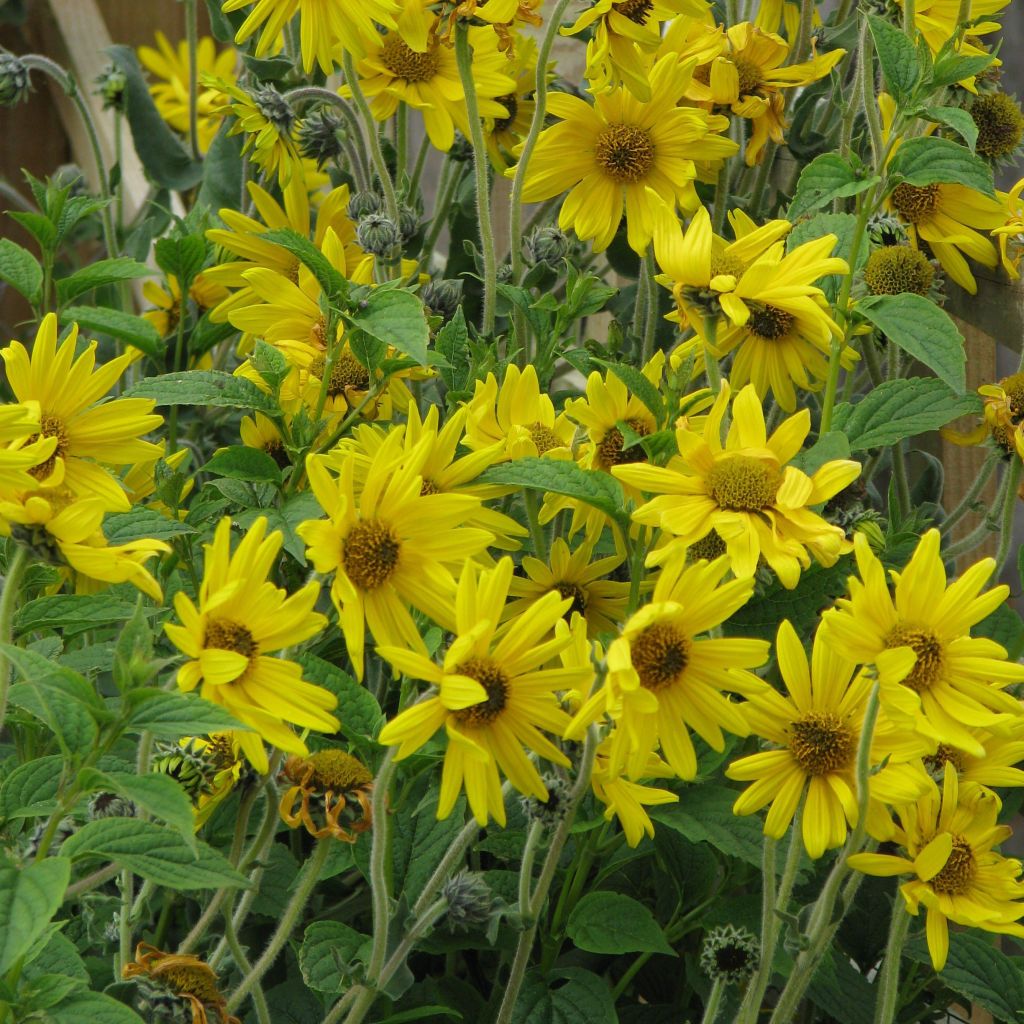

Helianthus mollis
Helianthus mollis
Helianthus mollis
Downy Sunflower, Ashy Sunflower
The plant doesn't bloom and doesn't grow big, I've had it for 2 years, and it struggles with the heat every summer despite regular watering.
sophie, 28/11/2024
This item cannot be shipped to the selected country
Delivery charge from €5.90
More information
Schedule delivery date,
and select date in basket
This plant carries a 12 months recovery warranty
More information
We guarantee the quality of our plants for a full growing cycle, and will replace at our expense any plant that fails to recover under normal climatic and planting conditions.
From €5.90 for pickup delivery and €6.90 for home delivery
Express home delivery from €8.90.
Does this plant fit my garden?
Set up your Plantfit profile →
Description
Helianthus mollis, also known as perennial sunflower, is a large plant with a rhizomatous rootstock, attractive even when not in bloom. Its entire vegetation covered with a down seems dusted with a silvery powder, which harmonizes perfectly with large butter-yellow daisies with green centres, turning yellow then brown. The flowers bloom on the plant from mid-summer to early autumn. This beloved bird-friendly sunflower will bring life to the garden and add colour to meadow-like beds and the blooming mass of asters at the end of the season. This foolproof plant is ideal for beginner gardeners, or gardens without gardeners. It thrives in any well-drained soil, even poor or occasionally dry soil in summer, in full sun of course, but also in partial shade.
Helianthus mollis belongs to the Asteraceae family. The Helianthus genus includes one of the most important oilseed plants in the world, the sunflower from which oil is extracted. This perennial sunflower with small leaves is native to dry prairies, dry open woods, rocky glades, fields, thickets, roadsides, and railroad right-of-ways from Ohio to Wisconsin south to Texas and Georgia. It forms a tall, somewhat spreading clump, reaching 1.20m (4ft) in height with a base spread of 80cm (32in). The entire plant is pubescent, giving it a silvery appearance. This perennial forms a bouquet of strong, rough, and branched stems, covered with oval leaves with cordate bases, decreasing in size from the base to the top of the stem. They are particularly beautiful when they emerge in spring covered in a sort of frost. Blooming occurs from July to October and is highly attractive to bees. The flowers appear at the top of the stems, in large numbers, resembling beautiful round daisies measuring 7 to 10cm (3 to 4in) in diameter, with a butter-yellow colour and a central disk of 2.5cm (1in) that darkens as the seeds ripen. Birds, especially goldfinches, love these seeds. This plant spreads slowly but steadily through underground rhizomes.
The great interest of perennial sunflowers lies in their late flowering and excellent adaptation to heavy, clayey, dry, wet, and even calcareous soils. Helianthus mollis is a very beautiful and easy-to-grow perennial with good longevity. Vigorous and floriferous, it also adapts to partial shade and is perfect for the back of borders or beds, as well as in mixed borders. It has a rustic appearance and, as such, blends well in slightly wild areas of the garden, alongside Cosmos, perennial sweet peas, large Scabious, Gaillardias, Japanese anemones, and trailing Liriope. Another idea for association, with equally easy plants: Vernonia noveboracensis, Symphyotrichum laeve var. 'Bluebird', Eupatorium fistulosum, Symphyotrichum georgianum, Andropogon virginicus, Muhlenbergia capillaris.
Report an error about the product description
Helianthus mollis in pictures
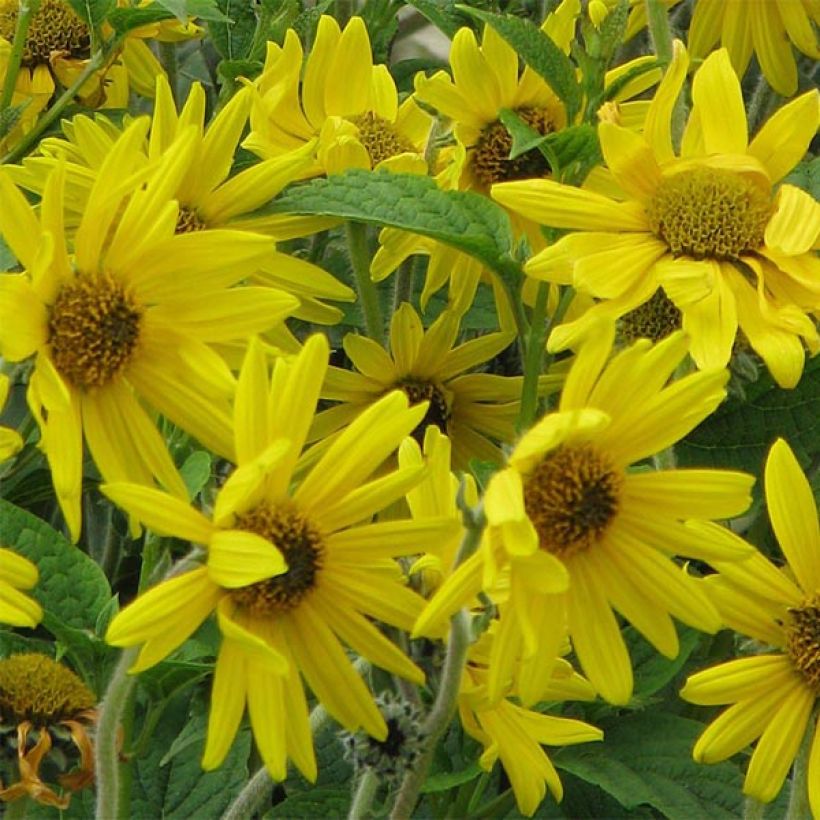

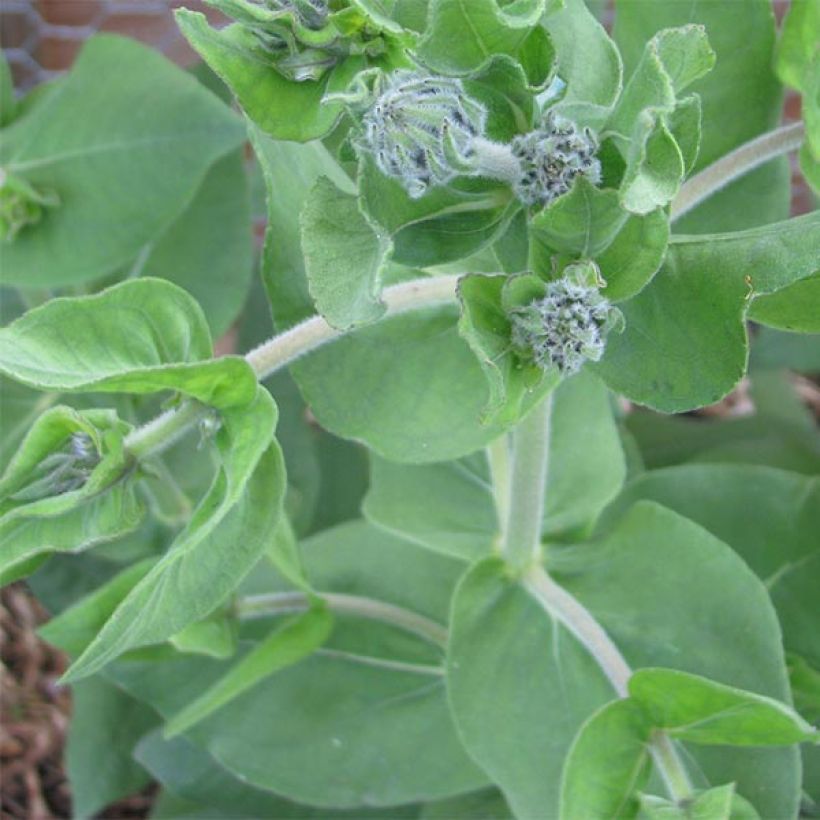

Flowering
Foliage
Plant habit
Botanical data
Helianthus
mollis
Asteraceae
Downy Sunflower, Ashy Sunflower
North America
Other Helianthus
Planting and care
Plant Helianthus mollis in ordinary, well-drained soil, not too clayey or compact, even limestone, even rocky or sandy, but rather fertile. This perennial can withstand drought and almost all types of soil. Plant in a sunny position, or even in partial shade, sheltered from strong winds that could flatten the clump, although it is sturdy. The plant does not need to be staked. It self-seeds easily in the garden, making it an ideal candidate for transition areas with hedgerows or the countryside. Its seeds will feed the birds. Prune back the clump after flowering to prevent seed formation, or in late winter to maintain a compact habit.
Planting period
Intended location
Care
-
, onOrder confirmed
Reply from on Promesse de fleurs
Haven't found what you were looking for?
Hardiness is the lowest winter temperature a plant can endure without suffering serious damage or even dying. However, hardiness is affected by location (a sheltered area, such as a patio), protection (winter cover) and soil type (hardiness is improved by well-drained soil).

Photo Sharing Terms & Conditions
In order to encourage gardeners to interact and share their experiences, Promesse de fleurs offers various media enabling content to be uploaded onto its Site - in particular via the ‘Photo sharing’ module.
The User agrees to refrain from:
- Posting any content that is illegal, prejudicial, insulting, racist, inciteful to hatred, revisionist, contrary to public decency, that infringes on privacy or on the privacy rights of third parties, in particular the publicity rights of persons and goods, intellectual property rights, or the right to privacy.
- Submitting content on behalf of a third party;
- Impersonate the identity of a third party and/or publish any personal information about a third party;
In general, the User undertakes to refrain from any unethical behaviour.
All Content (in particular text, comments, files, images, photos, videos, creative works, etc.), which may be subject to property or intellectual property rights, image or other private rights, shall remain the property of the User, subject to the limited rights granted by the terms of the licence granted by Promesse de fleurs as stated below. Users are at liberty to publish or not to publish such Content on the Site, notably via the ‘Photo Sharing’ facility, and accept that this Content shall be made public and freely accessible, notably on the Internet.
Users further acknowledge, undertake to have ,and guarantee that they hold all necessary rights and permissions to publish such material on the Site, in particular with regard to the legislation in force pertaining to any privacy, property, intellectual property, image, or contractual rights, or rights of any other nature. By publishing such Content on the Site, Users acknowledge accepting full liability as publishers of the Content within the meaning of the law, and grant Promesse de fleurs, free of charge, an inclusive, worldwide licence for the said Content for the entire duration of its publication, including all reproduction, representation, up/downloading, displaying, performing, transmission, and storage rights.
Users also grant permission for their name to be linked to the Content and accept that this link may not always be made available.
By engaging in posting material, Users consent to their Content becoming automatically accessible on the Internet, in particular on other sites and/or blogs and/or web pages of the Promesse de fleurs site, including in particular social pages and the Promesse de fleurs catalogue.
Users may secure the removal of entrusted content free of charge by issuing a simple request via our contact form.
The flowering period indicated on our website applies to countries and regions located in USDA zone 8 (France, the United Kingdom, Ireland, the Netherlands, etc.)
It will vary according to where you live:
- In zones 9 to 10 (Italy, Spain, Greece, etc.), flowering will occur about 2 to 4 weeks earlier.
- In zones 6 to 7 (Germany, Poland, Slovenia, and lower mountainous regions), flowering will be delayed by 2 to 3 weeks.
- In zone 5 (Central Europe, Scandinavia), blooming will be delayed by 3 to 5 weeks.
In temperate climates, pruning of spring-flowering shrubs (forsythia, spireas, etc.) should be done just after flowering.
Pruning of summer-flowering shrubs (Indian Lilac, Perovskia, etc.) can be done in winter or spring.
In cold regions as well as with frost-sensitive plants, avoid pruning too early when severe frosts may still occur.
The planting period indicated on our website applies to countries and regions located in USDA zone 8 (France, United Kingdom, Ireland, Netherlands).
It will vary according to where you live:
- In Mediterranean zones (Marseille, Madrid, Milan, etc.), autumn and winter are the best planting periods.
- In continental zones (Strasbourg, Munich, Vienna, etc.), delay planting by 2 to 3 weeks in spring and bring it forward by 2 to 4 weeks in autumn.
- In mountainous regions (the Alps, Pyrenees, Carpathians, etc.), it is best to plant in late spring (May-June) or late summer (August-September).
The harvesting period indicated on our website applies to countries and regions in USDA zone 8 (France, England, Ireland, the Netherlands).
In colder areas (Scandinavia, Poland, Austria...) fruit and vegetable harvests are likely to be delayed by 3-4 weeks.
In warmer areas (Italy, Spain, Greece, etc.), harvesting will probably take place earlier, depending on weather conditions.
The sowing periods indicated on our website apply to countries and regions within USDA Zone 8 (France, UK, Ireland, Netherlands).
In colder areas (Scandinavia, Poland, Austria...), delay any outdoor sowing by 3-4 weeks, or sow under glass.
In warmer climes (Italy, Spain, Greece, etc.), bring outdoor sowing forward by a few weeks.

































